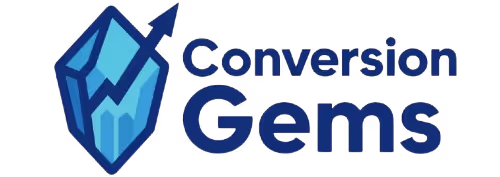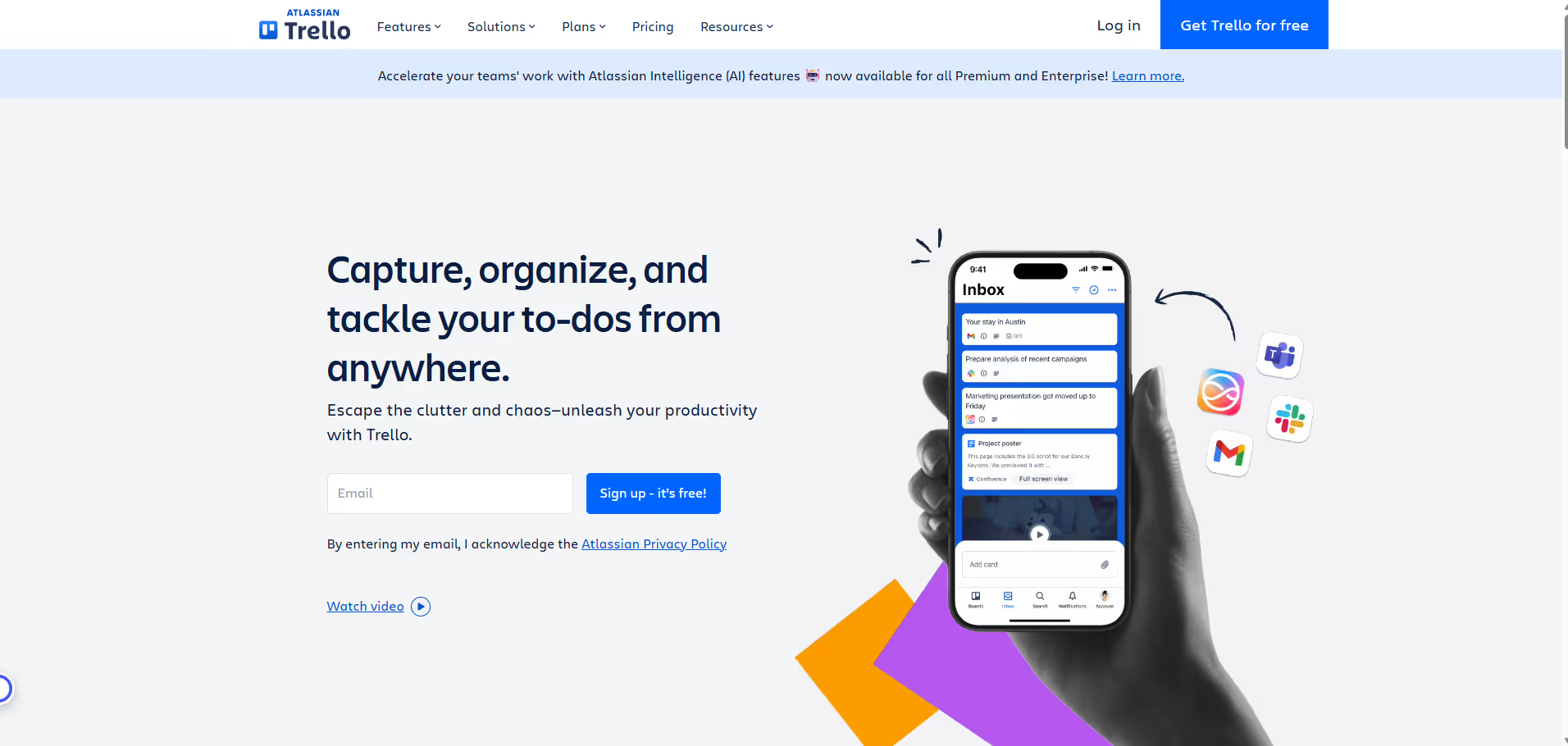Tool Insights
Home > Tools > Tool Details
Trello
Description
Trello is a visual collaboration tool that enables teams to organize and prioritize projects in a fun, flexible, and rewarding way.
Trello provides an intuitive interface built around boards, lists, and cards, allowing for a clear visual representation of tasks and project stages. Each board can represent a project or workflow, lists can be stages (e.g., To Do, Doing, Done), and cards are individual tasks. Cards can contain detailed information such as checklists, due dates, attachments, conversations, and team members. Its drag-and-drop functionality makes task management highly adaptable, supporting agile workflows, content calendars, sales pipelines, and personal productivity.
Key Applications
- Project Management: Visualizing project workflows, assigning tasks, and tracking progress from start to finish.
- Team Collaboration: Facilitating communication and shared understanding of team responsibilities and deadlines.
- Content Creation: Planning and managing content calendars, editorial pipelines, and marketing campaigns.
- Software Development: Implementing agile methodologies like Scrum and Kanban for tracking sprints and issues.
- Personal Productivity: Organizing daily tasks, goals, and personal projects with a clear visual structure.
Who It’s For
Trello is ideal for individuals, small to medium-sized teams, and large enterprises seeking a flexible, visual, and user-friendly project management solution. It's particularly suited for creative teams, marketing departments, software developers, educators, and anyone who benefits from a clear, card-based approach to task organization and collaboration.
Pros & Cons
How It Compares
- Versus Asana: Trello offers a more visually oriented, card-based Kanban approach, while Asana provides more robust list-based project management, advanced dependency tracking, and broader portfolio management features, making it suitable for more complex, hierarchical projects.
- Versus Jira: Trello is simpler and more generalized for various types of projects, emphasizing ease of use and visual organization. Jira is highly specialized for software development, offering advanced issue tracking, sprint management, and integration with developer tools, catering to technical teams with specific agile needs.
- Versus Monday.com: Trello maintains a simpler, more focused Kanban interface. Monday.com provides greater customization options with various board views (Gantt, Calendar, Map) and automation capabilities, often appealing to teams needing highly tailored workflows and reporting.
Bullet Point Features
- Boards, Lists, and Cards: Core structure for organizing projects and tasks.
- Checklists & Due Dates: Manage sub-tasks and deadlines within cards.
- Attachments & Comments: Add context and facilitate communication on tasks.
- Custom Fields: Tailor card information to specific project needs (Business Class and Enterprise).
- Power-Ups (Integrations): Extend functionality with popular apps like Slack, Google Drive, Salesforce.
- Automation (Butler): Create rules, buttons, and scheduled commands to automate repetitive tasks.
Disclosure
All product names, logos and brands are property of their respective owners. Use is for educational and informational purposes only and does not imply endorsement. Links are to third-party sites not affiliated with Barndoor AI. Please see our Terms & Conditions for additional information.



.avif)




